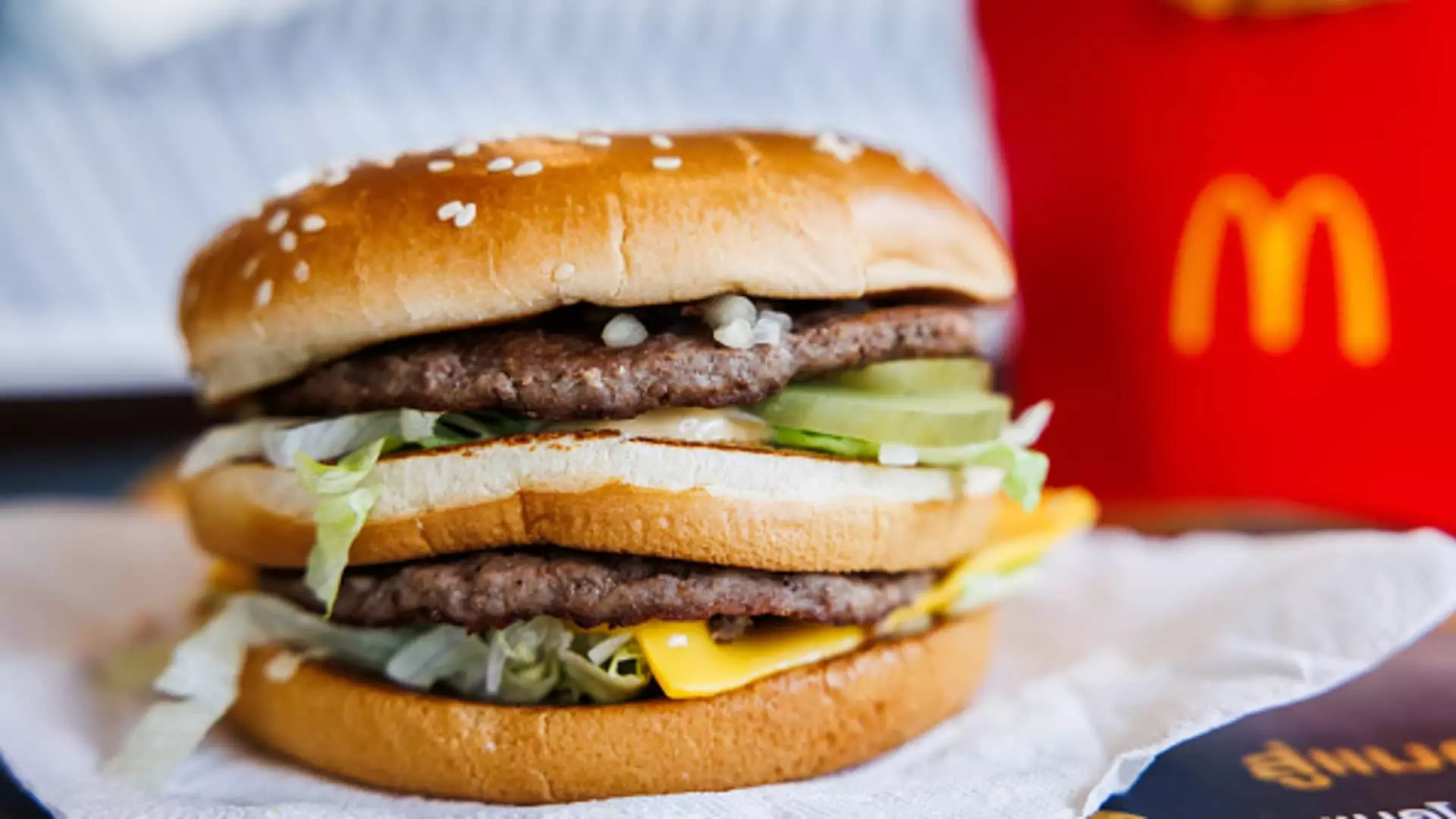McDonald’s executives recently admitted that consumers perceive the company’s prices as too high, particularly lower-income customers who are now reluctant to spend due to years of high inflation. Despite being seen as a value leader compared to competitors, McDonald’s is facing a shrinking gap in value perception and declining same-store sales across all divisions.
During the second-quarter earnings call, company executives revealed plans to conduct a detailed evaluation of prices and focus on creating more value for customers. CEO Chris Kempczinski emphasized the need to bridge the value leadership gap, especially in major markets like the U.S., where improvements are necessary to cater to consumer demands.
The ongoing trend of consumers reassessing their spending habits in response to price increases has affected fast-food chains like McDonald’s. Lower-income diners are cutting back on dining out due to perceived high costs, with over 60% reducing their fast-food expenditures based on a recent survey. Instead of switching to other restaurants, consumers are opting to eat out less frequently globally.
McDonald’s executives highlighted challenges faced not only in the U.S. but also in European markets, where families are pulling back on restaurant visits. The company anticipates continued economic pressures on consumers in the competitive landscape, which will impact market share and guest count growth. To address these issues, McDonald’s has been extending its $5 value meal offering and has seen positive responses from customers.
The decision to prolong the $5 meal promotion proved successful in attracting customers back to McDonald’s restaurants, with franchisees showing high commitments to extending the offer. The promotion led to increased daily visits compared to the average, indicating a positive response from customers, particularly lower-income ones. Despite not immediately translating into sales growth, the $5 meal has helped improve brand perceptions around affordability and value.
McDonald’s has historically positioned itself as a leader in value offerings, leveraging its competitive advantage of procuring ingredients at a lower cost than competitors. The company’s continued focus on providing value to customers and adapting to changing consumer preferences will be essential for sustaining growth in the face of economic challenges.

Leave a Reply